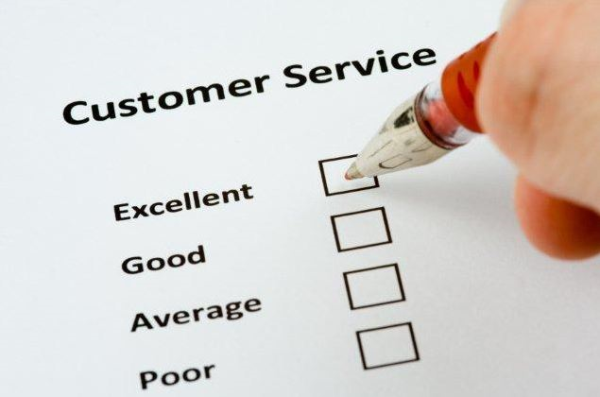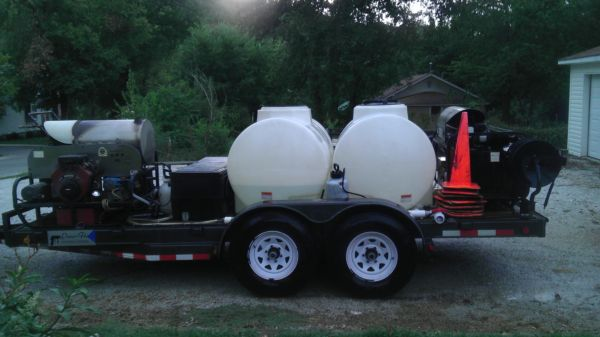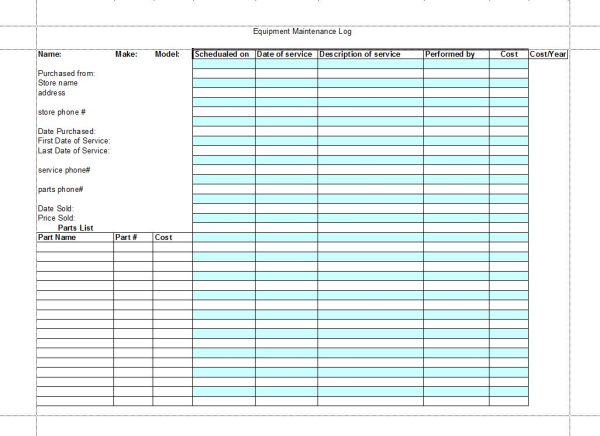With this month being National Financial Wellness Month I asked a friend of mine Mr. Don Schwerzler for an article that addresses an issue that all small family business owners should hope to face, succession planning. Here is his article:
Succession Planning:
Who needs it? And when do you start?
BY DON SCHWERZLER
Founder, Family Business Institute, Atlanta GA
Mercer Dye designs general aviation facilities such as hangars, industrial buildings, and some really good-looking airport terminals. He first began working with his father in the construction business in 1975. An art major in college, Mercer had already tried his hand as an artist for a couple of years before his wife “advised” him to get a real job. Mercer relented, but not so reluctantly, because he genuinely enjoyed working with his father. The two of them landed significant construction contracts with Delta Airlines and Hangar One, among others, and the business grew like crazy. Throughout the 80’s and early 90’s, father and son rode a wave of prosperity in general aviation, and in 1993, Mr. Dye retired and left the business to his son. Mercer changed the name of the business from Dye Construction to Dye Aviation Facilities to reflect his new focus on design and consulting. Today, he’s recognized as one of the best in the field.
If ever there was an example of a smooth and easy succession, the Dye story is it. The father establishes the business, brings his son in early and retires while he’s still active enough to pursue his passions. The son borrows on the father’s corporate relationships and track record to market his new direction – a new emphasis that suits his artistic bent and his personality. There are no other family members involved and the succession from one generation to the next was a walk in the park.
But then there are those other family businesses where the succession story better resembles walking through a minefield. When a business ages, and the number of family members in the business swells, succession issues will mount and threaten the well-being of the company if not addressed early enough. Consider the case of a 50-year-old manufacturing company in the southeastern U.S. The patriarch and founder of the business died when he was 78 and left control to his wife, who at 93 years old has outlived many of her children and even some of the grandchildren. She still has the largest office and the final decision. All around her in the corporate offices and out in the plant are thirty-plus children, grandchildren, cousins, nieces and nephews… all part of the business and all pretty sure that they deserve a piece of the pie. Succession issues in that company are a dominant part of conversation at every gathering – business and family. Lines of leadership are fuzzy and people outside the business – including clients – know there is trouble inside the business. You could easily say that succession planning in that company is long overdue.
Issues that arise around succession can get out of hand even when they are addressed early on, but much more so when they are left to sort themselves out for too long. Every family-owned business is different and succession planning is not a perfect science. There are many different dynamics and complexities to consider and there are no guarantees for making everyone happy. But successful succession planning is not an impossible task, and it doesn’t have to split families apart. There are advisors and counselors who can make sense of mayhem and guide companies through the process, no matter how large the family or how long they have waited to get started. But waiting too long to get started can most definitely exacerbate problems.
So when is the best time in the life of a company to begin the succession planning process? A good argument could be made for beginning on the day the company is incorporated. But that is rarely done, of course. In the early days of a business, owners pay most attention to growing the company and give little thought to succession. It’s just not on their radar screen. Typically, the first thoughts about succession occur when children reach their teens and consider or begin working at the company – or when the owner gives serious consideration to retirement.
Knowing exactly when to begin the succession planning process is perhaps a matter of instinctive timing, something that entrepreneurs are good at in other areas of the business. Timing is what usually makes an entrepreneur successful in the first place… knowing when to enter the market, when to build capacity, when to borrow, etc. Knowing when to seriously pursue development of a succession strategy is something entrepreneurs will intuitively know and feel at some point in the company’s growth.
A good case in point is a very successful cold storage and shipping company in Jacksonville, Florida. Paul and Julie Robbins are a husband-wife team who founded Caribbean Cold Storage in 1993. Both worked in different capacities in the shipping industry before they discovered a niche and began providing a full range of refrigerated shipping and materials handling services. Paul capitalized the business by selling his Harley-Davidson motorcycle for $10,000 and borrowing another $7,000 on a credit card. It was a risk, but the Robbins saw an opportunity and followed their instincts to quick success. Within eight years they were honored twice as Inc. Magazine’s No. 1 fastest-growing inner-city business.
During their first few years of meteoric growth, Paul and Julie were focused on the business without giving a lot of thought to succession. Julie’s sister and brother-in-law have been in the business for years but it wasn’t until Paul’s son by a previous marriage and Julie’s niece entered the business that Paul and Julie “felt a need” to pursue development of a succession strategy. The couple also has a son, Zachary, who is only eight but already considered a part of the long-term plan.
“Ultimately, we would like to set the stage for Zachary to come into the business,” Paul says. “But the younger ones are already coming up. Kelly (niece) and John (son) are both active and want to stay in the business. That’s what got us started thinking about succession. I’m very happy with where the business is today, but we have to plan our next stage of growth and succession planning is a big part of that.”
Both Paul and Julie have passions outside the business. They love to travel and play golf, and they enjoy being together because they are also best friends.
“It won’t be hard to let go at all,” Paul says without hesitation. “The first emotional curve you go through as an entrepreneur is that it is my baby, but you have to realize that you started the business so that eventually it would create wealth, a balanced life, and financial freedom. We have created a culture here but we have also created value. The company is operating at a level that I’m comfortable with. I see bigger and better things for it but I’m not the guy to take it to the next level.”
In other words, Paul Robbins feels the timing is right to begin sewing up a succession strategy. Like his other business instincts, this one seems to have all the ingredients for success. Without realizing it, he is meeting all the criteria that succession planners and counselors recommend. He did not wait until the last moment to develop a plan. He did not assume that the children will take over the business and has made certain they want to be there. He has not been secretive about the company’s future plans. He understands that succession planning is complicated and that the succession process is more important than the succession plan. He has brought in outside expertise to guide the family and the business through the process. And, he and Julie are giving a lot of thought to their retirement years.
It’s never too early to begin succession planning, but in most cases, an owner will know intuitively that it is time to kick it into high gear. It just feels like the right time to get started on that next stage of the company’s life and plan for the passing of the baton. In Paul Robbins’ case, he looks forward to stepping back from the primary operational role in the company and taking a more visionary role. That doesn’t mean he loses his entrepreneurial spirit; in fact, it has already opened the door for new ventures.
“I’m already involved in a start-up technology for our industry that will be as revolutionary as Microsoft was in computers,” Paul says. The technology, actually a gel material installed in the ceilings of refrigerated containers, enables shippers to maintain the temperature of cold or frozen cargo for five or six days without mechanical refrigeration. “We’re in the process of funding it and taking if from a virtual to an operating company. We received the patent on July 6 and we have a 5-year plan that is being circulated to investors.”
So who needs succession planning, and when should you get started? The answer, of course, is that every family business can use it and the sooner the better. Companies that wait until a catastrophic event (death of an owner, for example) forces change in leadership will find themselves operating in a disruptive environment, and that’s never good for business.
In the final analysis, like a lot of other decisions in family owned businesses, starting a succession planning process will probably be an intuitive, gut-level decision. And in most cases, that’s the way it should be.
I thank Don for his words and his cases that he brings to us in this post. This and other valuable information can be found on his web site http://www.family-business-experts.com.
Please check it out to learn more.


